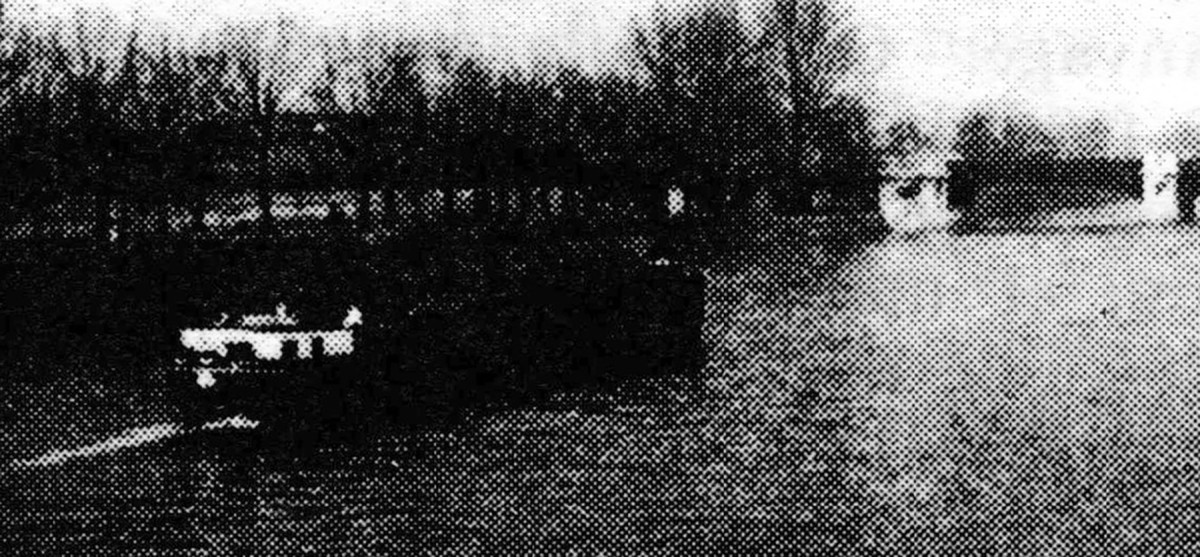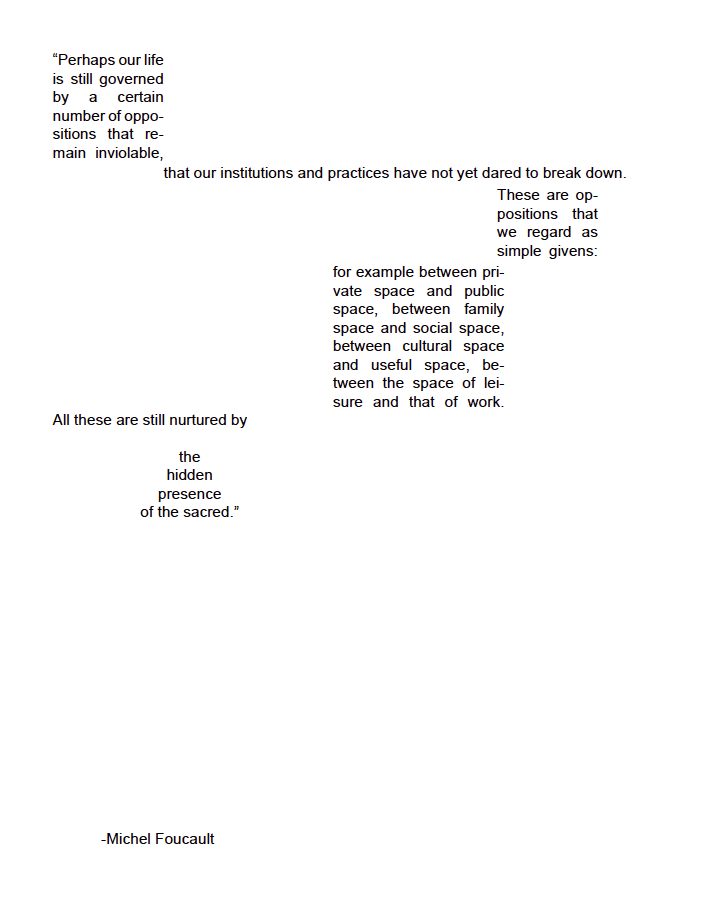The Possibility of Hope: on boats
“...and if we think, after all, that the boat is a floating piece of space, a place without a place, that exists by itself, that is closed in on itself and at the same time is given over to the infinity of the sea and that, from port to port, from tack to tack, from brothel to brothel, it goes as far as the colonies in search of the most precious treasures they conceal in their gardens, you will understand why the boat has not only been for our civilization, from the sixteenth century until the present, the great instrument of economic development (I have not been speaking of that today), but has been simultaneously the greatest reserve of the imagination. The ship is the heterotopia par excellence. In civilizations without boats, dreams dry up, espionage takes the place of adventure, and the police take the place of pirates.”
- Michel Foucault, “Des espaces autres”
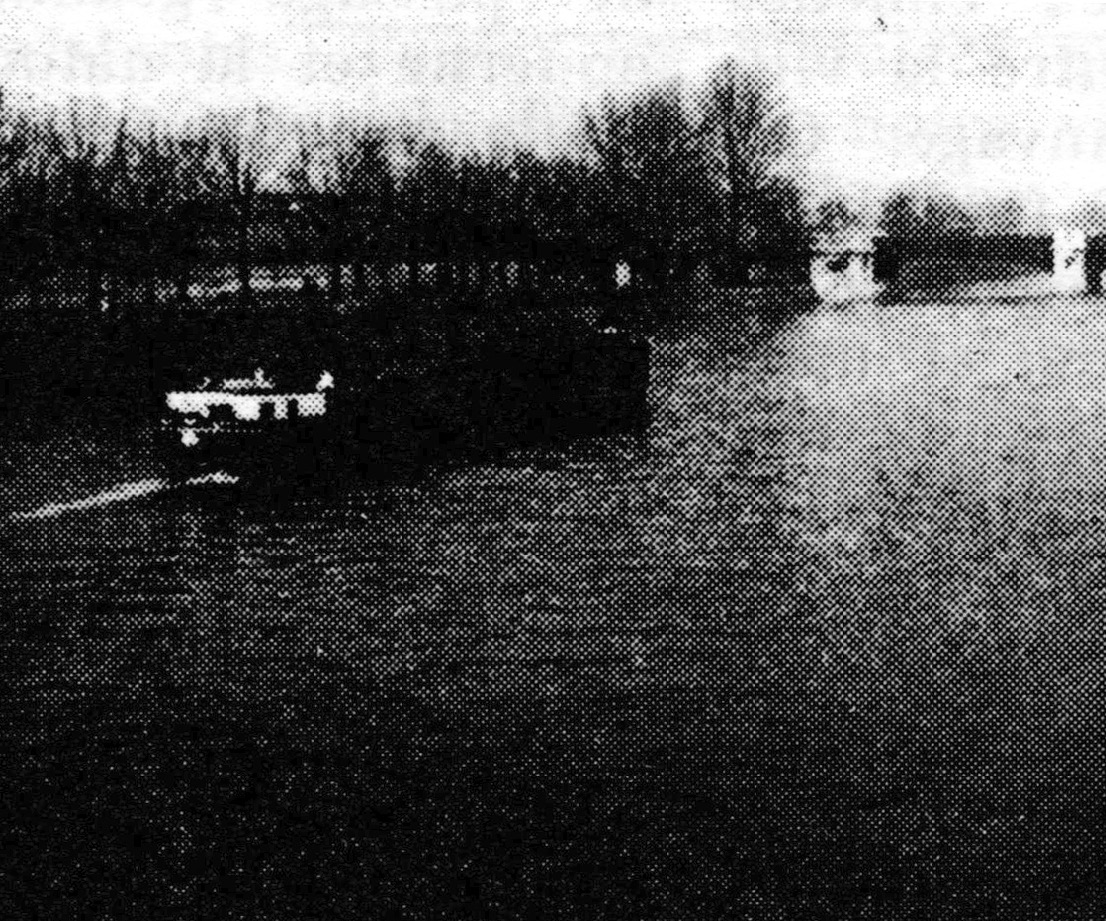 L’Internationale situationniste, No. 1, 1958
L’Internationale situationniste, No. 1, 1958
There is a world elsewhere….
I was fortunate to see again, at the recent DIA retrospective of Shirin Neshat, the two-channel video installation Rapture, B&W, 1999. One channel contains a group of muslim men dressed in white shirts and trousers, whilst the other channel is occupied by muslim women, the concluding scene of which begins with a large group of abaya clad women gathering around a boat at the edge of the ocean. Six alone of that larger group of women get into the boat – it is a simple boat, without sails, but with a modest engine – and are pushed out to sea by the women who remain behind. The work ends with the six or so women in the boat moving simply out across the currents upon the ocean. Such is hope.
Transfixed by the pathos of this separation – from shore, from land, from oppression – I recalled another boat, this time one which carried me as both participant and viewer or, may be, better, witness: the boat on the Detroit Rouge River in October 2010 as part of Matthew Barney and Jonathan Bepler’s film opera KHU, the guiding movement of which was the resurrection from the depths of the Rouge River of the god Osiris manifested as a broken Chrysler Imperial … From there the swift and sudden transitions to Foucault’s deeply felt sentiment of boat(s) as reserves of the imagination, of Debord’s feeling for water and boats in the baroque imaginary – images of the movement of time and liberty – passing by Scott Hocking’s boat on dry land in Detroit - “In the Long Run, to be Stranded” is the title of one of J.H. Prynne’s great poems from The White Stones - no less than the iconography of the boat used in the Detroit journal (S)trait(s) – a partial translation of the French word Dé-troit, and as such a figure of in-betweeness, transition. Woman. God. Transition. There is a world elsewhere…
Michael Stone-Richards
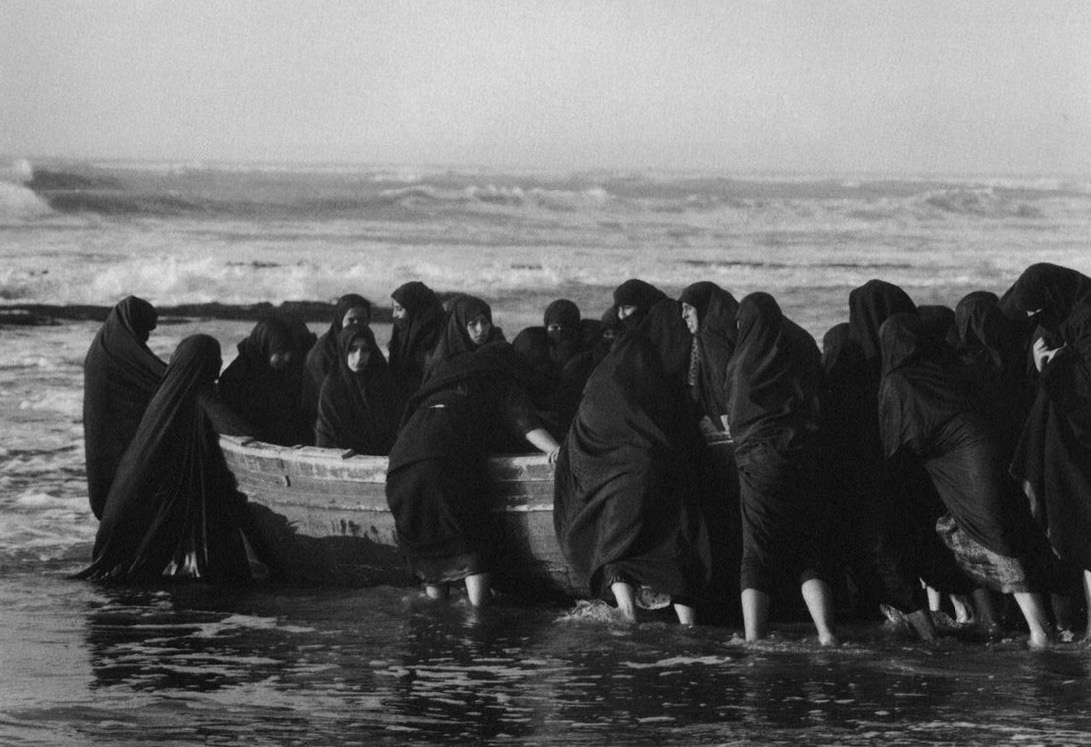 Shirin Neshat, Rapture, 1999, video still.
Shirin Neshat, Rapture, 1999, video still.
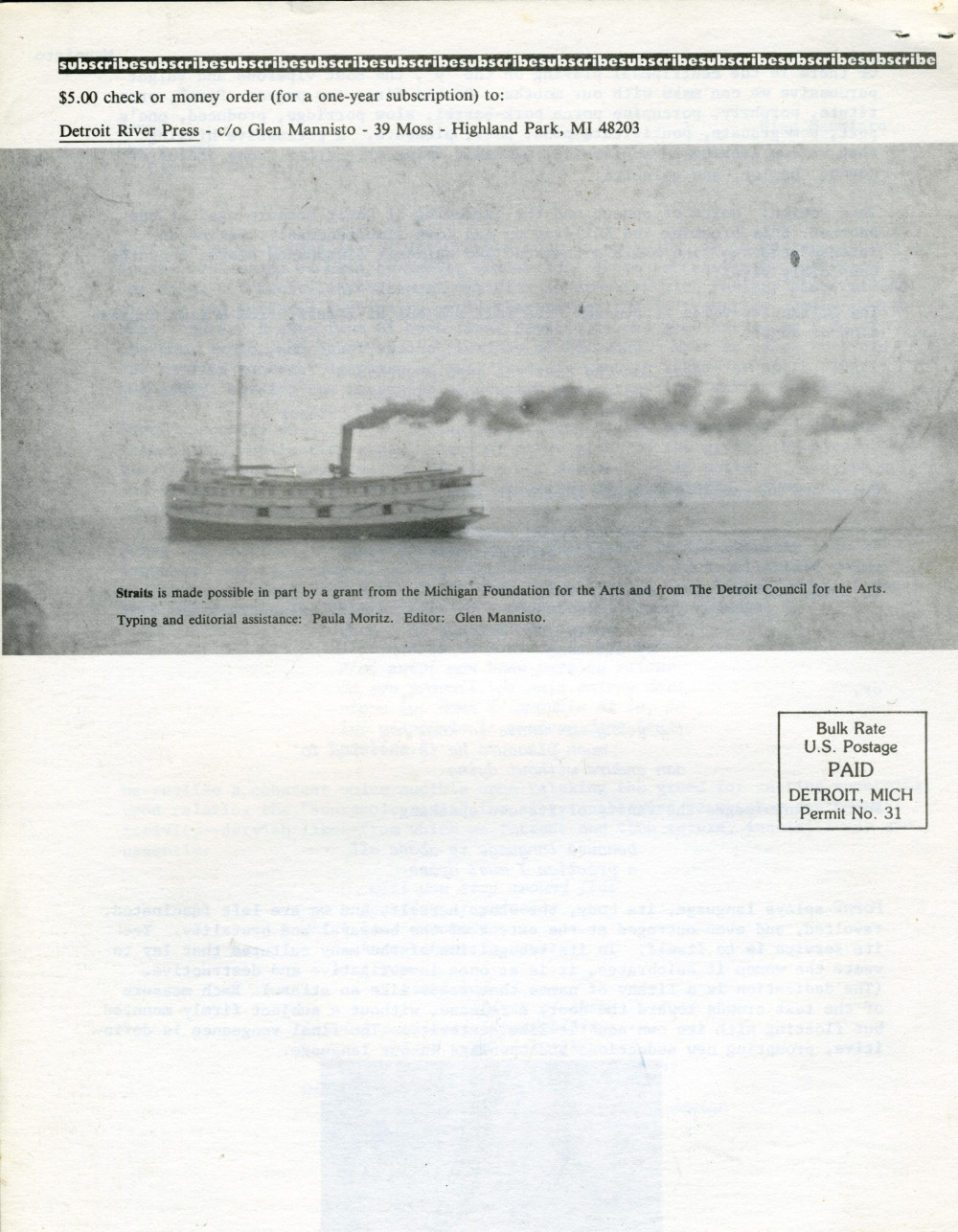 Reprinted courtesy of Glen Mannisto, from Straits Vol.1, 1982
Reprinted courtesy of Glen Mannisto, from Straits Vol.1, 1982
